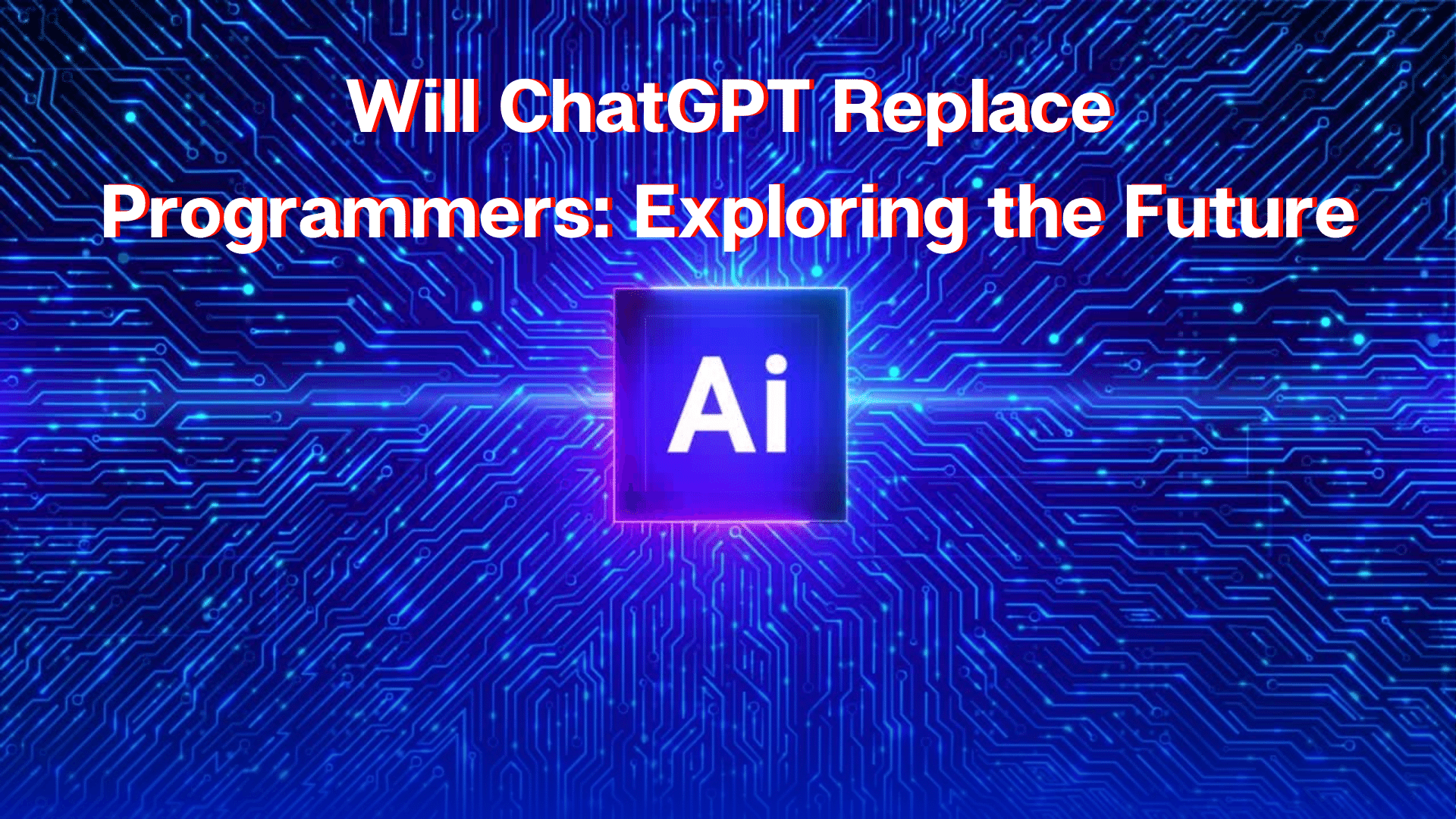ChatGPT took the world by storm when it launched in late 2022, dazzling people with its exceptionally human-like conversational skills. But how does this futuristic AI technology actually work under the hood? Here we’ll peel back the layers to provide an in-depth look at the advanced neural networks and machine learning techniques that enable ChatGPT to process and generate language at a near-human level. From this article you will learn how chatgpt works & understanding the mechanism of ChatGPT.
What is ChatGPT?
ChatGPT is a conversational AI system developed by Anthropic to interact through natural language conversations. Users can ask it questions or make requests, and it will respond with human-like answers on virtually any topic. ChatGPT is built on generative AI, meaning it can create entirely new written content on demand based on patterns in data it’s trained on.
The Technology Behind ChatGPT
Several key artificial intelligence innovations come together to empower ChatGPT:
Transformer Neural Networks
At its core, ChatGPT utilizes a transformer neural network, which is an advanced type of deep learning model particularly adept at processing language. Transformers use an attention mechanism to analyze the context of words in relation to all other surrounding words in a sentence or paragraph. This allows much greater context awareness compared to previous AI architectures when generating relevant and coherent text.
Reinforcement Learning
In addition to its main transformer foundation, ChatGPT also employs reinforcement learning techniques. The system “rewards” outputs that seem more logically sound, truthful, and harmless through subtle feedback signals during the learning process. Over many training cycles, ChatGPT learns to favor credible, thoughtful, and nuanced responses most aligned with human values.
GPT Language Models
ChatGPT is built on top of the Generative Pretrained Transformer (GPT) family of language models developed by OpenAI. GPT-3, the third version released in 2020, was the first to demonstrate remarkably human-like text generation capabilities at scale, paving the way for productive AI systems like ChatGPT.
How ChatGPT is Trained
ChatGPT learns through two main training techniques: supervised learning from human conversations and reinforcement learning through subtle feedback on its responses.
Supervised Learning
The supervised learning phase involved feeding ChatGPT vast datasets of real-world human conversations from sources like Reddit discussions and blog comment sections. These examples allowed ChatGPT to learn the patterns and structures of natural open-ended dialogues on a massive range of topics.
Reinforcement Learning
Reinforcement learning then built upon that foundation by having human trainers subtly nudge ChatGPT towards favoring responses deemed helpful, harmless, and honest through simulated interaction. Even very sparse feedback signals over time trained ChatGPT to convincingly mirror human sensibilities and ethics in its language generation.
Human Feedback
Both training approaches rely heavily on curated data and feedback from real humans. This human grounding element is essential for teaching nuanced language and aligning the system to human values, distinguishing ChatGPT from purely autonomous AI training.
Inside ChatGPT’s AI Brain
When you have a conversation with ChatGPT, a sophisticated sequence of AI logic occurs under the hood to understand your prompt and generate an intelligent response. Here are some of the key technical components at work:
Decoder
The decoder module takes your input prompt and converts it into an encoded numerical representation that can be processed by the AI network. It captures your full input context so the system can reference it when constructing the response.
Encoder
The encoder module takes the encoded prompt and passes it through the transformer neural network. This analyzes contextual patterns across the encoded input and cross-references them with the extensive knowledge in the model.
Attention
The transformer’s attention mechanism identifies the most relevant parts of the input prompt and extracted knowledge to focus on when formulating the response. This ensures pertinence to the specific conversation context.
Contextual Embeddings
Finally, contextual embeddings create semantic associations between words and meanings most applicable to the current conversation. This converts the technical internal representations back into readable, conversational natural language for the output response.
ChatGPT Capabilities and Limitations
While highly impressive, ChatGPT does have some key limitations alongside its capabilities:
Impressive Language Skills
- Converses fluently and contextually on virtually endless topics
- Answers follow-up questions and adjusts based on new info
- Creates content like articles, stories, and poems on request
- Explains concepts, summarizes texts, and translates languages
- Refines responses through further back-and-forth clarification
Limited Factual Knowledge
- Lacks comprehensive world knowledge beyond 2021 training window
- Can make up plausible-sounding but incorrect facts
- Doesn’t automatically fact-check its own responses
- Swallows up misinformation if contained in prompts
No Common Sense
- Lacks basic reasoning, social awareness, and real-world common sense
- May respond absurdly or inappropriately if not guided
- Has no desires, emotions, or independent will
May Generate Falsehoods
- Will confidently provide flawed advice or biased content if not directed properly
- Requires ongoing human guidance to respond helpfully, harmlessly and honestly
In summary, while a remarkable language system, ChatGPT ultimately still lacks human common sense, wisdom and accountability. Using it responsibly while understanding its limitations is important.
Ethical Considerations
The rise of advanced AI like ChatGPT raises important ethical questions around issues like:
- Potential to spread misinformation if not used cautiously
- Perpetuating societal biases that exist in training data
- Replacing human creativity and jobs with automated outputs
- Failing safely if users rely on its responses for high-stakes needs
More work remains to address these concerns and align the technology optimally to human values. Open communication, oversight, and governance will help guide the responsible development of human-centric AI systems.
The Future of Conversational AI
While pioneering, ChatGPT represents just the tip of the iceberg in terms of future conversational AI potential. Ongoing advances in deep learning and AI ethics will enable systems capable of even more sophisticated dialogues, complex reasoning, fact-checking, and integration of real-world knowledge. Blending the strengths of humans and AI symbiotically could enable more just and prosperous societies by augmenting rather than replacing human intelligence.
Read More Articles:
Conclusion
ChatGPT provides a glimpse into the fascinating capabilities of modern artificial intelligence. Under the hood, its remarkable conversational skills stem from an ensemble of advanced deep learning breakthroughs like transformer networks, reinforcement learning, and massive pretrained language models. ChatGPT still has limitations, but responsible, ethical development of these technologies promises to enhance human potential and problem-solving. Paying careful attention to its current shortcomings and future possibilities will help guide the role conversational AI like ChatGPT can play in society.
FAQs
Q: What is the main technology behind ChatGPT?
A: ChatGPT is powered predominantly by a transformer neural network architecture, which excels at contextual language processing and generation compared to previous AI systems.
Q: How is ChatGPT trained to have conversations?
A: Through supervised learning from vast datasets of human conversations, then reinforcement learning via subtle feedback on its responses during simulated interactions.
Q: What are transformer neural networks?
A: Transformers are a type of deep learning model especially adept at language tasks. They analyze words in relation to all other surrounding words via an attention mechanism, allowing much greater context awareness.
Q: What are some key current limitations of ChatGPT?
A: Major limitations include susceptibility to generating misinformation, lack of common sense and real-world knowledge, and potential biases inherited from flawed training data.
Q: What does the future hold for conversational AI like ChatGPT?
A: We can expect more advanced language capabilities, integration of fact-checking, complex reasoning, and real-world knowledge through techniques like reinforcement learning from human feedback.



